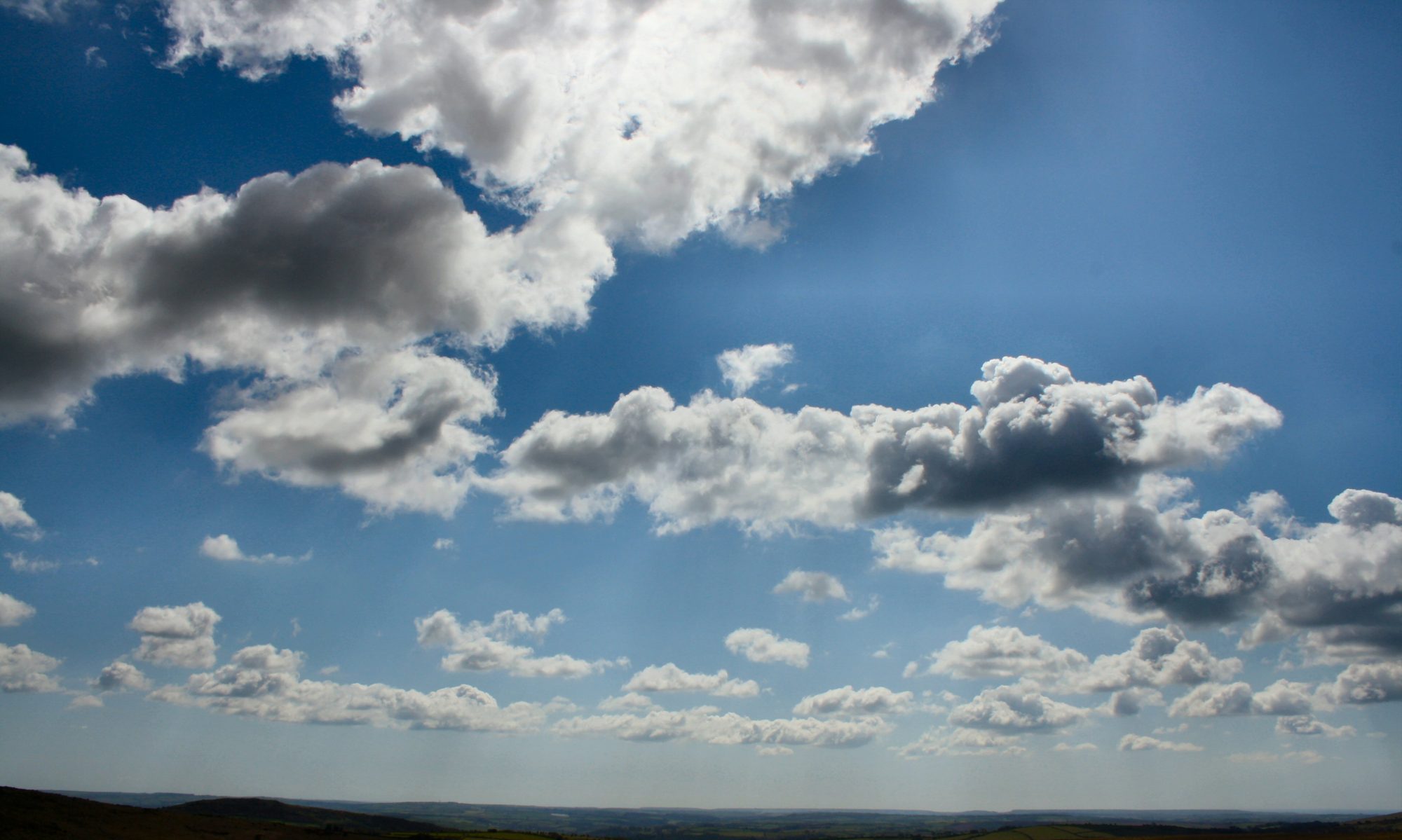Monthly Wildlife Challenge
In response to last month’s challenge, the first sighting of a celandine was reported by Jacob from Bridford who spotted this on 27th February on the green lane near Windhill Gate. It is interesting to compare these first sightings year on year as it gives an insight in to how the climate is changing, with spring flowers now appearing on average a month earlier than they did in the mid 80s. A record of first sightings of flowers, tree blossom, frogspawn etc is useful for scientific data and everyone of us can help with this. Why not record your findings through out the year on the Woodland Trust Nature’s Calendar
Old and New
This month’s challenge is to re use and re cycle old containers such as walking boots, wellie boots, pot and pans, jugs etc, and use them as plant pots. Drainage holes might be needed in some containers. Be as creative and original as you can and plant your containers with a selection of flowers attractive to pollinators. Please do send a picture of your creation.
Welcome the Weeds
Sometimes leaving what is already there is as good as rethinking an area for wildlife. Many plants that are perceived as weeds offer an invaluable source of food and shelter to insects, small mammals and birds throughout the year. As part of this month’s challenge, leave the dandelions growing through some paving or in your lawn, let the nettles grow in a corner and even embrace a clump of the humble dock. So, what particular benefits do these plants offer?
- Dandelions are rich in pollen, offering bees, butterflies, hoverflies and beetles a spring time banquet. Goldfinches and house sparrows eat the seed.
- Stinging nettles are great wildlife attractors: caterpillars of the small tortoiseshell and peacock butterflies eat the leaves, ladybirds feast on the aphids that shelter among them and amongst other birds, chaffinches like to eat the seed.
- Docks host a wide range of insects, and over 80 species of moth and butterfly caterpillars eat the leaves, including the garden tiger moth and small copper butterfly. Birds, including the elusive Bullfinch, will eat the seed later in the year.
It can take a change of outlook to accept these plants when eradication has been promoted over the years, but once you see the life that comes with them hopefully they will become a welcome addition to your garden. Do send us a photo of your patch and any creatures that they attract in.

